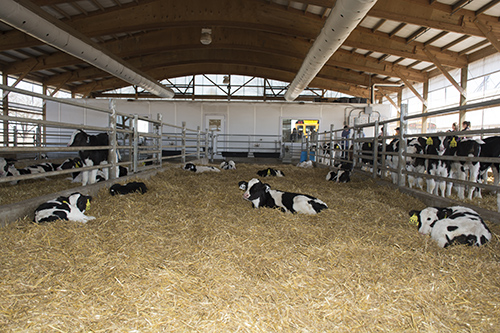
"If your number one goal of putting automated calf feeding systems in is to save labor, you will probably be disappointed," he told a large crowd during a recent presentation at the Professional Dairy Producers of Wisconsin annual meeting. "Observation is really the key to this system. Calf managers have to go out of their way to look at the calves every day."
A recent study of automated calf feeding systems that was conducted by dairy team members at the University of Minnesota, including Salfer, revealed the most successful automated calf feeding operations look the same in seven key areas.
- Quantity and quality of milk
- Clean, comfortable bedding
- Clean and calibrated equipment
- Clean nipples and hoses
- Excellent colostrum management
- Small group sizes
- Good ventilation
They found the cleanest and healthiest calves had 40 square feet per calf and were stocked at a rate of 18 calves per group. The researchers did not see significant issues with group sizes until they exceeded 25 calves per group.

The author is an associate editor. She covers feeding, milk quality, youth activities and heads up the World Dairy Expo Supplement. Maggie was raised on a 150-cow dairy near Valley Center, Kansas, and graduated from Kansas State University with degrees in agricultural communications and animal sciences.







